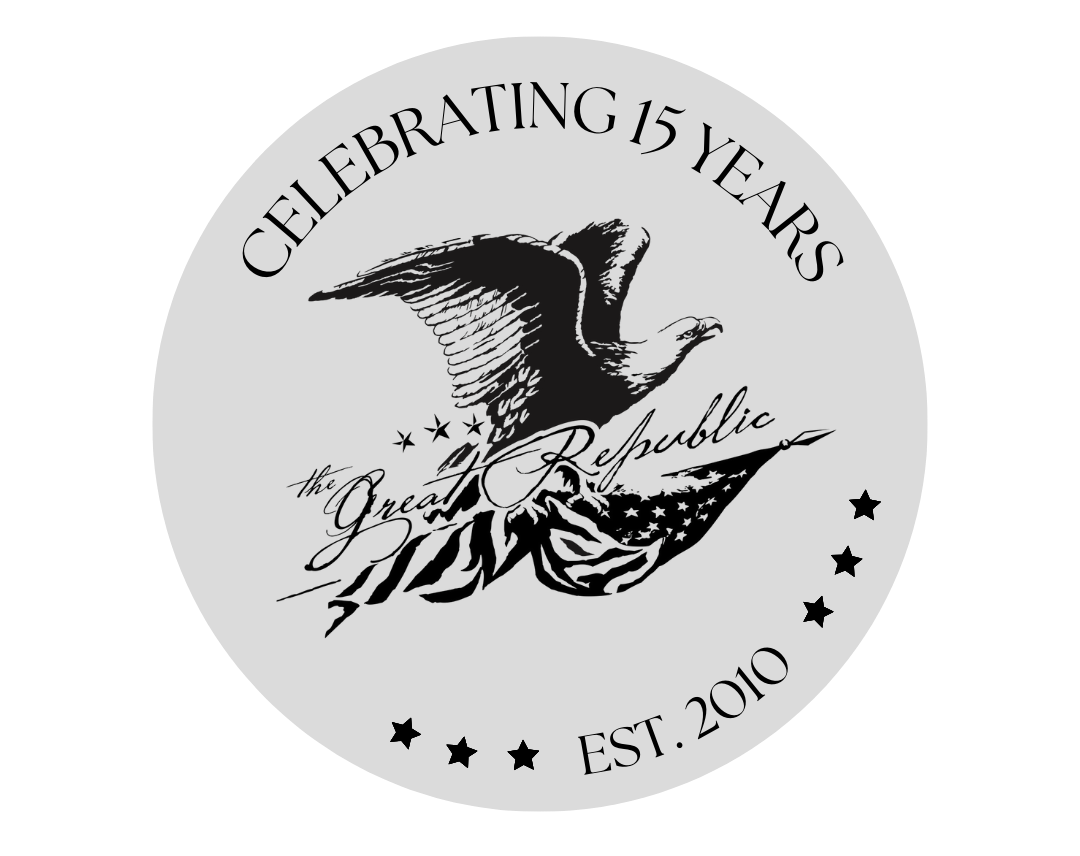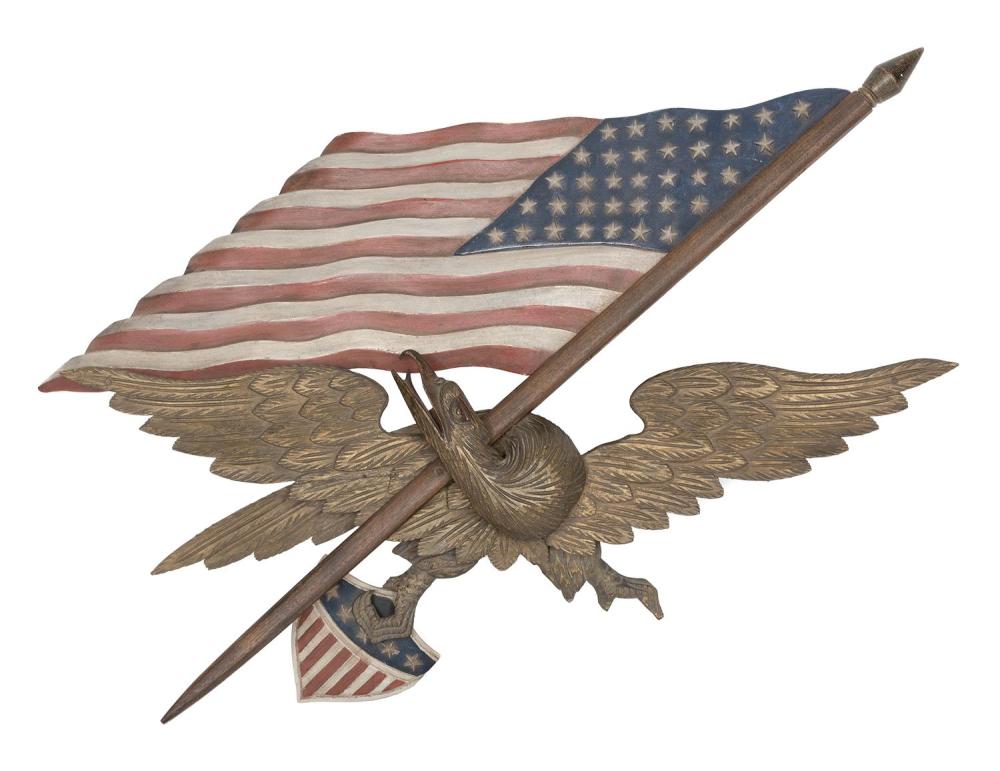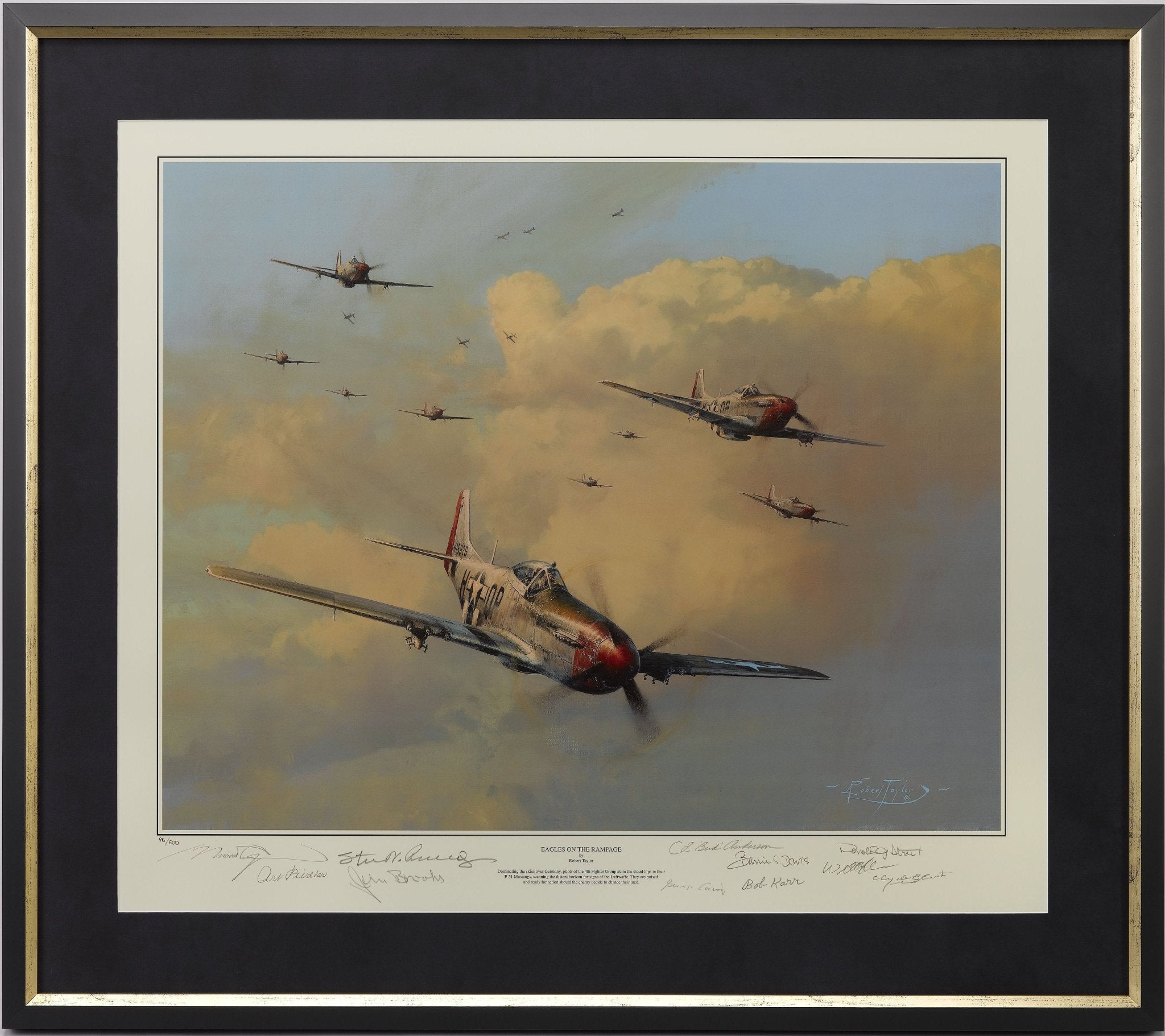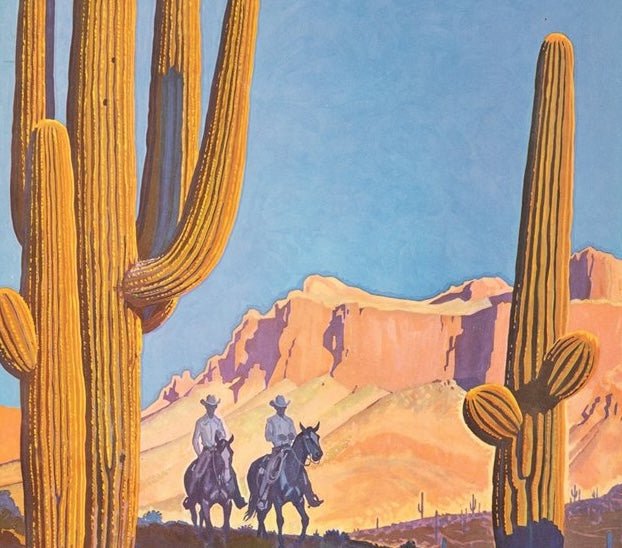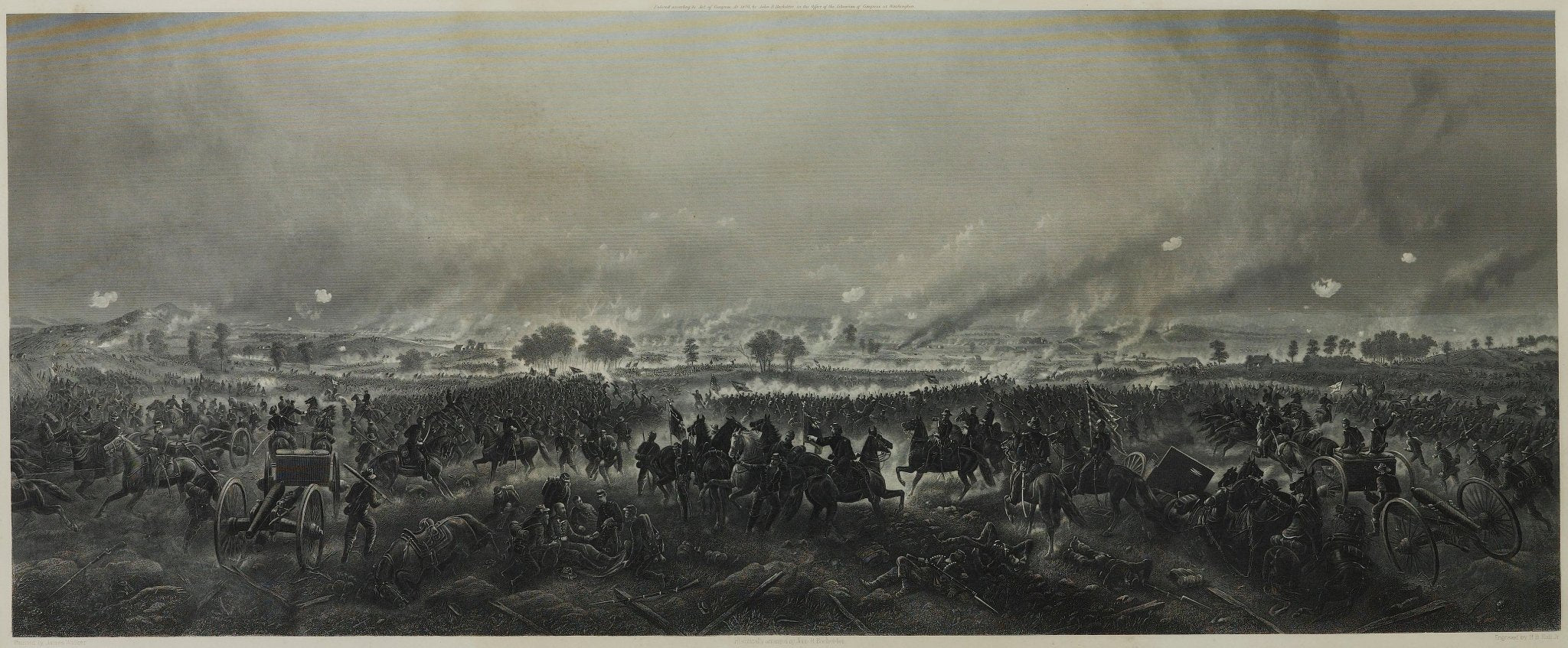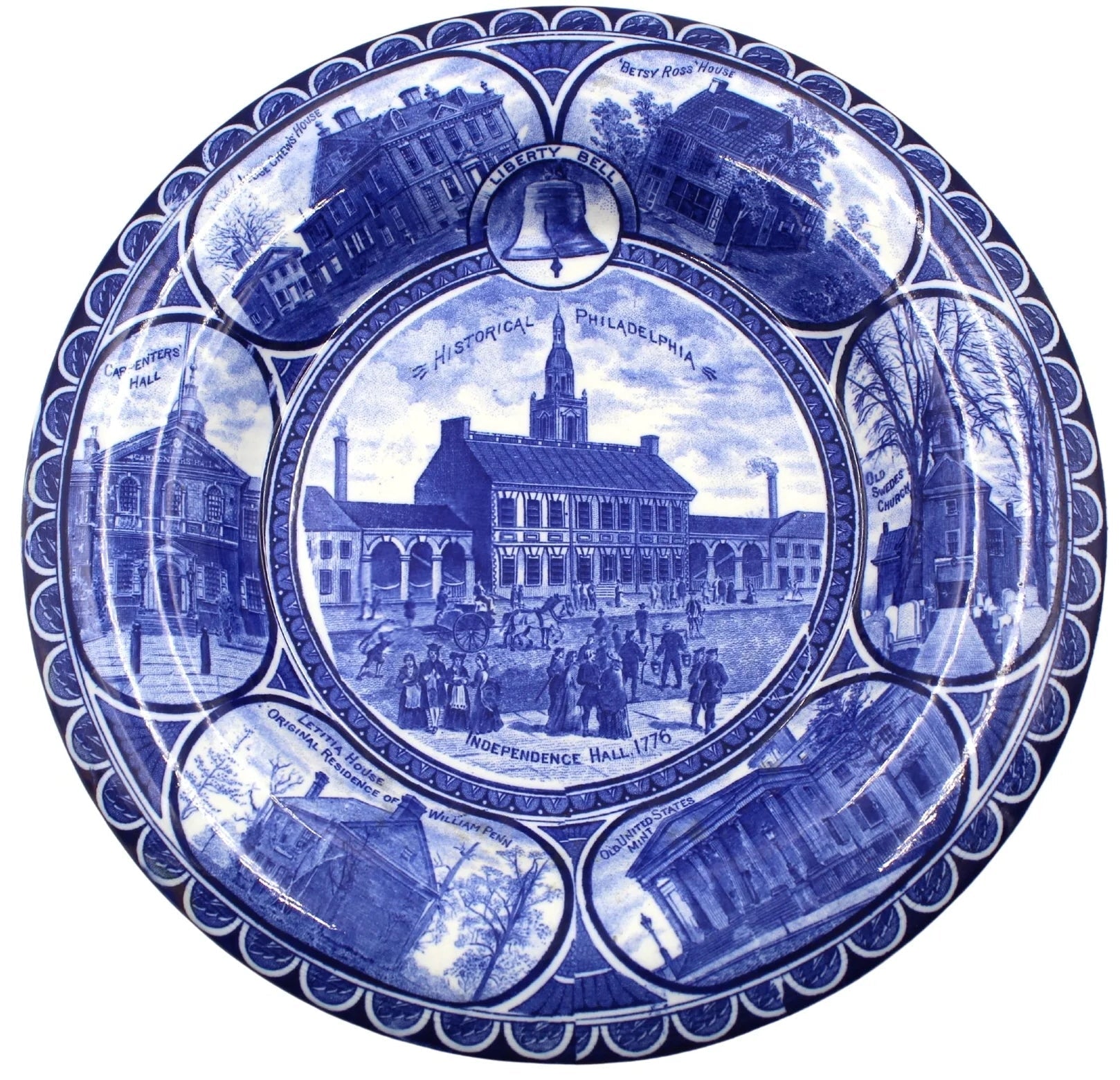Trumbull's "Declaration of Independence" Depiction
John Trumbull started his painted masterpiece, “The Declaration of Independence of the United States of America, July 4th, 1776," at Jefferson's residence in Paris. Trumbull later reported "I began the composition of the Declaration of Independence, with the assistance of his [Jefferson's] information and advice." Jefferson contributed a firsthand description and sketch of the Assembly Room for Trumbull.
The committee responsible for the draft made up of John Adams, Roger Sherman, Robert R. Livingston, Jefferson, and Benjamin Franklin are all depicted to the right of center. Trumbull depicted these committee members in the final rendering as a representation of those who contributed to the Declaration, even if it was just Jefferson himself who presented the final draft to John Hancock. Trumbull was able to consult Jefferson and Adams regarding who should be represented in the scene, and they came to the agreement that all those who contributed to the drafting, even those who opposed the Declaration, should be depicted. This served to preserve their memories as contributors, who put their lives and fortunes on the line for the betterment of the country.
Trumbull painted Jefferson from life for the Declaration, and made three miniatures of the likeness. He dedicated himself to portraying from life as many of the 48 signers as he could. Trumbull worked on the “Declaration” depiction for more than three decades, between personal sittings with signers, as well as portrayals of others from existing portraits or even sittings with sons of the signers. As a result, the original painting, located in the Yale University Art Gallery, was not completed until 1820.
Many reproductions have been produced of Trumbull’s original work, as both engraved prints and paintings. These are highly collectable as attainable pieces of art that capture Trumbull’s famous scene. Trumbull’s scene has appeared on the two-dollar bill as well as U.S. postage stamps as a reminder of the contributors to the famous signing of the Declaration of Independence, which changed the country for the better.

